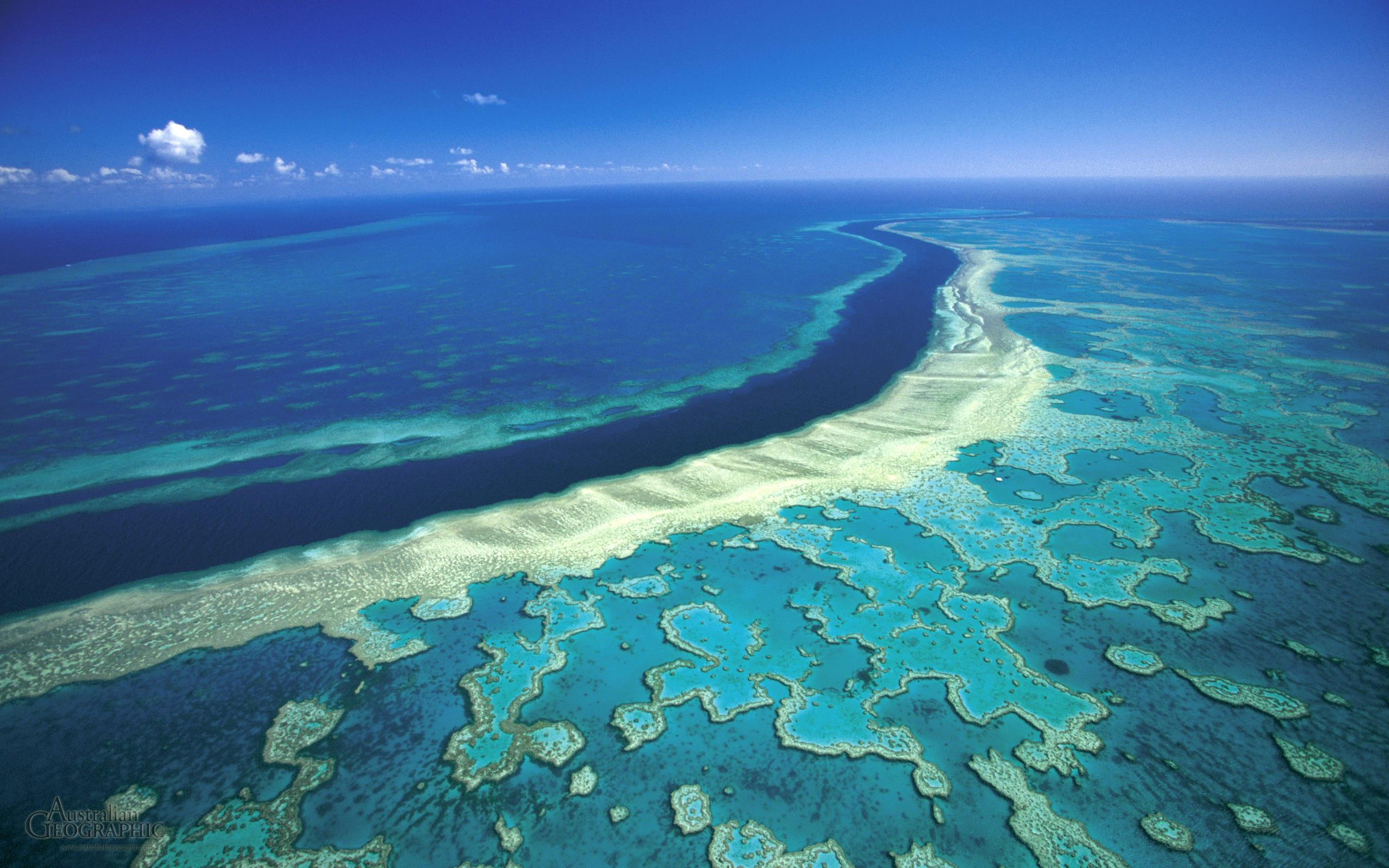SYDNEY, Dec. 11 (Xinhua) -- Consecutive heat waves are dramatically changing the structure of Australia's Great Barrier Reef, with rising global temperatures forcing scientists to reevaluate how they study coral bleaching events.
Recent analysis of the Great Barrier Reef revealed that less coral bleaching occurred during a 2017 marine heatwave than during a heatwave in 2016, even though the 2017 event was hotter and longer, a study released on Tuesday said.
According to lead author Terry Hughes, the findings can be explained by the loss of more sensitive corals in 2016, with only the more resilient coral forms remaining during the second event.
"Dead corals don't bleach for a second time. The north lost millions of heat-sensitive corals in 2016, and most of the survivors were the tougher species," Hughes explained.
Bleaching is a stress response in which the corals turn white and while it's not necessarily fatal, it can be should the temperatures stay high enough for long enough.
Hughes predicts that as a consequence of global warming, the higher occurrence of marine heatwaves, and warmer waters in general, the reef ecosystems will change as only hardier species survive, meaning scientists have to adapt their assessment methods.
"These events are getting closer and closer together so we no longer have the luxury of studying them as one off events with a long period afterwards where recovery happens," he said.
As global sea temperatures rise, the ecology of reefs worldwide will change, adapting to have less coral and lower biodiversity, a large part of which will be the loss of fish habitat.
The response of the Great Barrier Reef to the two previous years' bleaching events is yet to be fully felt, Hughes says.





